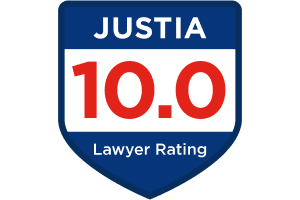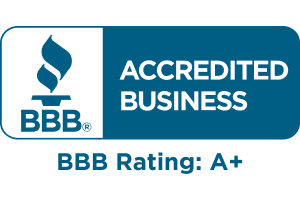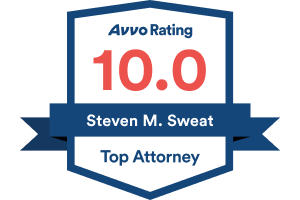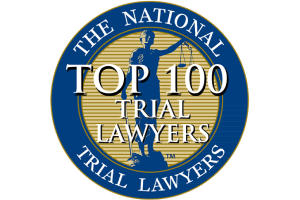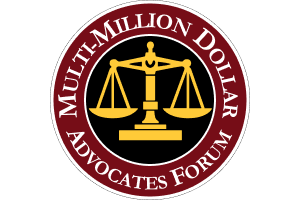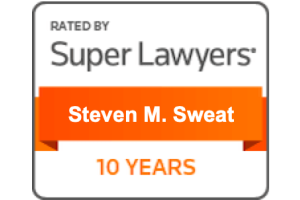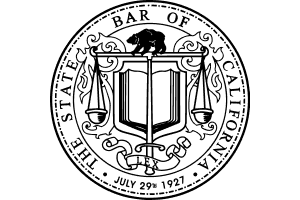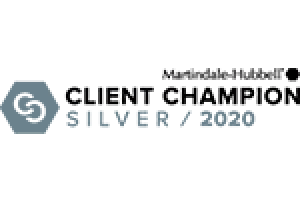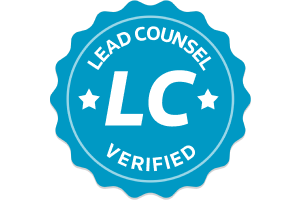- Free Consultation: 866-966-5240 Tap Here To Call Us
Construction Accident Injury Claim Ruled on by California Supreme Court
In California, a person or entity that hires an independent contractor to do work on his or her property will generally not be liable for any injuries that happen to the contractor or the contractor’s employees while they are working on the job. However, a property owner may be liable when he or she retains control over the safety precautions taken on the property or when he or she affirmatively contributes to the creation of the dangerous condition. In Gonzalez v. Mathis, Cal. S. Ct. Case No. S247677, the California Supreme Court considered whether a third exception exists when an independent contractor or the contractor’s employee is injured by an obvious hazard within the work area for which the contractor could not take any reasonable safety measures to avoid it.[1]
Factual and procedural background
Luis Gonzalez was employed as a window washer during the 1990s for a company called Beverly Hills Window Washing. During that time, he regularly cleaned a skylight window for John R. Mathis. Later, Gonzalez started his own window washing business, advertising that his company specialized in cleaning windows and skylights in hard-to-reach areas. Mathis hired Gonzalez and his company to clean his skylight regularly beginning in 2007.
Mathis’s home was a one-story residence with a flat sand and gravel roof. He had built a parapet on the roof to hide air conditioning ducts and pipes for aesthetic purposes. Over the years, the condition of the roof deteriorated. Gonzalez told Mathis that the roof needed repair, but Mathis never repaired it. The parapet wall was 20 inches away from the edge of the skylight, and Gonzalez testified he regularly walked across it while cleaning the skylight.
On Aug. 1, 2012, Gonzalez and his employees were cleaning the skylight. Mathis’s housekeeper asked Gonzalez to climb up to the roof and tell his employees to use less water because it was dripping down inside of the house. Gonzalez climbed up the ladder to the roof and walked where his employees were working to tell them to use less water. When he did, he slipped on loose sand and gravel and fell off of the roof, suffering serious injuries.
Gonzalez did not have workers’ compensation insurance. He filed a lawsuit against Mathis, arguing that Mathis’s failure to repair the roof resulted in his injuries and losses.
Mathis filed a motion for summary judgment. He argued that under the Privette doctrine, a hirer of an independent contractor is not liable for injuries to the contractor or his or her employees while they are working on the job and that an exception to the doctrine did not apply. Gonzalez testified that there were several safety hazards present on the roof that led to his accident and injuries, including the lack of repair, the narrowness of the path between the parapet wall and the skylight, the lack of areas to tie safety harnesses, and the lack of a guardrail along the edge of the roof.
The trial court granted Mathis’s motion for summary judgment, finding that the Privette doctrine precluded finding liability against Mathis as a matter of law since the hazardous condition was open and obvious and that Mathis did not retain control over the safety of Gonzalez or his employees while they were working. Gonzalez filed an appeal.
On appeal, the Court of Appeal reversed the trial court’s decision, holding that a third exception to the Privette doctrine existed when a property owner knows about obvious hazards in the working area of the independent contractor and fails to take reasonable steps to correct them. Mathis filed a writ of certiorari to the California Supreme Court, and the Supreme Court granted review.
Issue: Whether an exception to the Privette doctrine exists when a hirer fails to take reasonable steps to correct an open and obvious hazard that cannot be avoided in the area where the independent contractor works?
The Court of Appeal relied on dicta in the Supreme Court’s decision in Kinsman v. Unocal Corp., 37 Cal.4th 659 (2005). In that case, the Supreme Court ruled that a landowner can be liable to an independent contractor when the contractor is injured by concealed hazards that the contractor did not know about and reasonably could not have discovered.[2] In the dicta, the court had stated that the duty of safety is delegated to the independent contractor when the contractor can take reasonable safety precautions around known safety hazards. The Court of Appeal found that this meant, by corollary, that the hirer retains control over the safety and thus can be found liable when there is a known hazard in the area where the contractor is working that the hirer fails to take reasonable measures to fix when the independent contractor cannot take any reasonable steps to correct it.
Rule: Under the Privette doctrine, the hirer of an independent contractor is generally not liable for injuries to the contractor or the contractor’s employees while they are working unless the hirer retains control of the safety conditions of the work environment.
In Privette v. Superior Court, 5 Cal.4th 689 (1993), the California Supreme Court held that the hirer of an independent contractor is generally not liable for injuries that happen to the contractor or the contractor’s employees while they are working.[3] There are a couple of exceptions to this general rule, including when the hirer affirmatively contributes to the dangerous condition or does not delegate the handling of safety precautions to the independent contractor. Gonzalez argued that the doctrine only applies when the independent contractor is hired to repair the known hazard or when the contractor creates the hazard when performing the work for which he or she is hired. Mathis argued that a property owner is not liable when a lawfully present person is injured by an open and obvious hazard for which the owner has no duty to warn the contractor and that Gonzalez’s claim was barred by the Privette doctrine.
Analysis
The California Supreme Court first analyzed the Privette doctrine and its progeny. It noted that in Privette, the court held that a landowner is not vicariously liable for injuries to an independent contractor it has hired to perform inherently dangerous work on his or her property.[4] A contractor’s employees are instead protected when they are injured by the independent contractor’s workers’ compensation policy.
In cases coming after Privette, the Supreme Court found that an exception can exist when the landowner retains control over the safety precautions rather than delegating them to the independent contractor and its retention of the control affirmatively contributed to the contractor’s injuries.[5] It also found that an exception exists when a landowner knows or reasonably should have known about the existence of a concealed hazard that the independent contractor does not know about and could not reasonably have known when the landowner fails to warn him or her.
The court then considered known hazards and how they are treated under premises liability law.[6] In general, a landowner will not be liable to a lawfully present person who is injured by an open and obvious hazard that a reasonable person would have taken steps to avoid. Gonzalez argued that since he could not have taken any reasonable steps to avoid the open and obvious hazards on the roof, Mathis should be liable. He also argued that Mathis had a duty to repair the conditions on the roof and failed to do so, so he should be held liable for Gonzalez’s injuries when he fell off of the roof because of the dangerous conditions.
When the court applied the previous decisions to the facts of Gonzalez’s case, it found that Mathis had not retained control of the safety conditions of the work area and did not affirmatively contribute to his accident or injuries. Even though Gonzalez did not have workers’ compensation insurance and had no avenue of recovery, the court found that did not mean that Mathis should be responsible. Instead, the court pointed out that Gonzalez was required to carry workers’ compensation insurance for his employees under the law, and that he could have opted to cover himself with the coverage if he had complied with the law.
It also considered whether an exception should apply for situations in which an independent contractor or his or her employee is injured by a known hazard when it was not possible to take reasonable safety measures to avoid it. It noted that while Gonzalez had testified that he had informed Mathis of the dangerous conditions on the roof, he did not tell Mathis that he could not work under those conditions and instead continued to regularly clean the skylight.
Conclusion
The court reversed the Court of Appeal’s decision and remanded the case with an order for the Court of Appeal to affirm the trial court’s decision granting the motion for summary judgment.
Consult with a personal injury attorney
If you have been injured while working on someone else’s property, you should talk to an experienced personal injury attorney to determine your legal options and potential recovery sources. Call the Steven M. Sweat, Personal Injury Lawyers, APC at 866.966.5240.
Resources
[1] https://law.justia.com/cases/california/supreme-court/2021/s247677.html?utm_source=summary-newsletters&utm_medium=email&utm_campaign=2021-08-20-personal-injury-dfc7f3f039&utm_content=text-case-title-11
[2] https://casetext.com/case/kinsman-v-unocal-corp-2
[3] https://law.justia.com/cases/california/supreme-court/4th/5/689.html
[4] https://www.victimslawyer.com/construction-injuries.html
[5] https://www.californiaaccidentattorneysblog.com/california-construction-site-accident-claim-presents-issues-regarding-liability/
[6] https://www.victimslawyer.com/premises-liability.html


